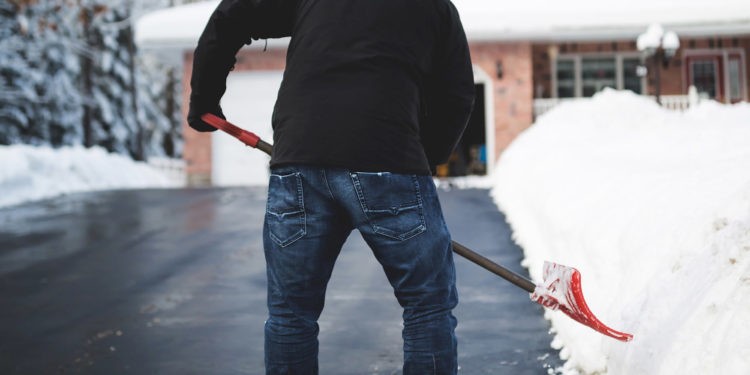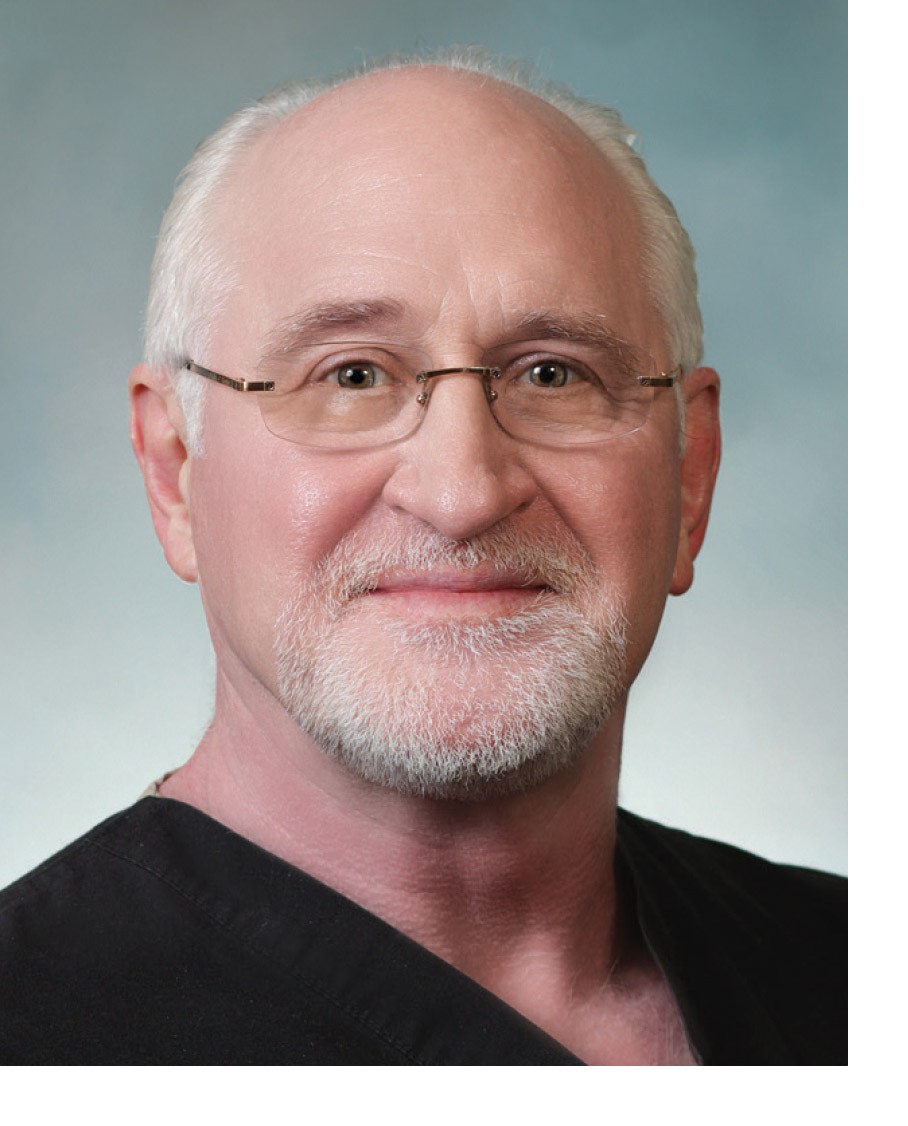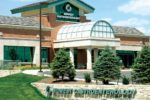Ask The Doctor

Is Winter Time a Pain in the Back? Possibly!
Story by Ann Butenas
 Dr. Glenn Amundson of Prime Orthopedics and Spine advises how to manage and avoid back pain this winter.
Dr. Glenn Amundson of Prime Orthopedics and Spine advises how to manage and avoid back pain this winter.
With the excitement and festivities of the holidays and the relaxing snowy backdrops, winter can be the most wonderful time of the year. However, when those temperatures drop and the days become even shorter, your risk for developing lower back pain increases. Back pain will most likely plague everyone at some point in life, whether due to lifestyle, injury, posture, a certain medical condition or even from the simple joys of aging. For some individuals, however, lower back pain tends to gain acceleration during the winter months. Even those individuals who may not have had an issue with it previously may suddenly find themselves in discomfort, perhaps a result of decreased exercise, those few extra pounds from holiday indulgences, or just sitting around more than necessary because it’s too cold outside to feel inspired to get up, get out and get going.
Why are we more susceptible to back pain during the winter months?
During the winter, the days are shorter and our outside environment becomes more inhospitable to activities, such as walking or gardening. This is the time of year when we typically awaken in the dark and finish work in the dark. The colder temperatures, ice, and snow contribute to a more sedentary lifestyle. Coupled with the excess holiday eating, it is easy to gain weight and become deconditioned. I see more of a spike in winter months than during summer months, as more troubles flare.
Disc degeneration is universal. However, the back symptoms manifested by a degenerative disc have been shown to be related to one’s conditioning level, core strength and closeness to ideal body weight. The disc and the facet joint, which are two common sources of low back pain, obtain their nutrition through motion. Being sedentary, particularly through prolonged periods of sitting, is the enemy to good back health.
How can we improve our conditioning during the winter months?
If you exercise 20 minutes at 70% maximum heart rate three to four times a week, you should gain the maximal benefit of that conditioning progress. For core exercises, I recommend focusing on the abdominal area through back isometric or kinetic exercises, whatever your capability. For example, doing planks, crunches or leg lifts are great exercises to do. Also, avoid gaining weight during the holidays and do not sit or drive for prolonged periods of time without taking breaks. Implementing these strategies should go a long way towards preventing and minimizing low back pain during the winter months.
Will shoveling snow keep me physically conditioned?
When shoveling snow, there is an increased risk of back injuries, strains and sprains. Unless you are in good shape, I tell people to be careful when it comes to shoveling. Shoveling snow can further aggravate the elderly who may have compression factures. With younger people, they may experience severe back pain as a result of shoveling, for which there are proper ways of bending, twisting and lifting that can reduce the risk of injury.
What are some nonsurgical therapies you recommend to mitigate the discomfort associated with back pain?
One of the first approaches we indicate is the use of a non-steroidal anti-inflammatory, such as Aleve, ibuprofen or a generic equivalent. Sometimes a patch can be used for a focused area for a routine sprain or strain. Heat and ice are also effective, but when used correctly. We usually suggest icing acutely the first 24-48 hours and then apply heat for the longer, chronic pain. Do not use ice or heat for more than 20 minutes at a time, as it may have the opposite effect. And do not fall asleep on a heating pad, as you risk burning yourself.
We also support the use of chiropractic or physical therapy approaches for simple sprains and strains to truncate the source of the issue, particularly when it is without radicular (nerve root) pain that often indicates a herniated disc.
M.D. Profile
Glenn Amundson, M.D., a graduate of the US Naval Academy and a retired Captain of the Medical Corps in the United States Navy Reserves, has devoted his medical career to advancing care and surgery of the spine. A board-certified orthopedic surgeon, he earned his medical degree from the University of Iowa Medical College and completed his orthopedic surgery residency at the Naval Hospital in San Diego, California. He subsequently continued his medical training with a spine fellowship at the University of California in San Diego and then served as Director of Spine Surgery Services and Assistant Chairman of the Department of Orthopedics at the Naval Hospital in Portsmouth, Virginia. Dr. Amundson specializes in advanced procedures in adult surgery of the spine. He has vast experience with minimally invasive spine techniques, Total Disc Replacement (TDR), and difficult revision spine procedures. He currently oversees his own practice, Prime Orthopedics and Spine, at St. Joseph Medical Center in Kansas City, Missouri.




